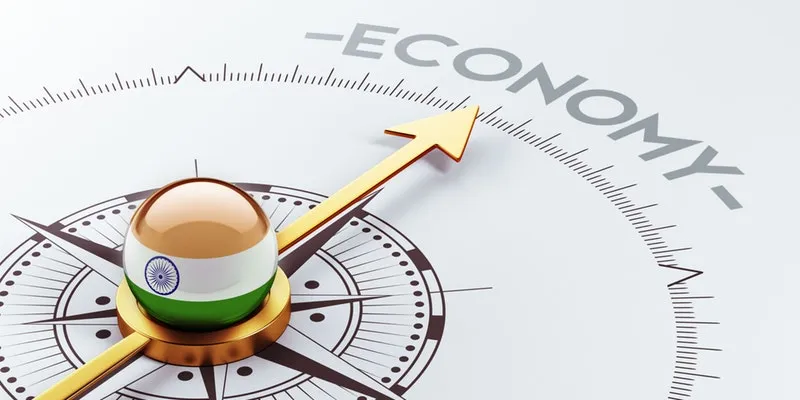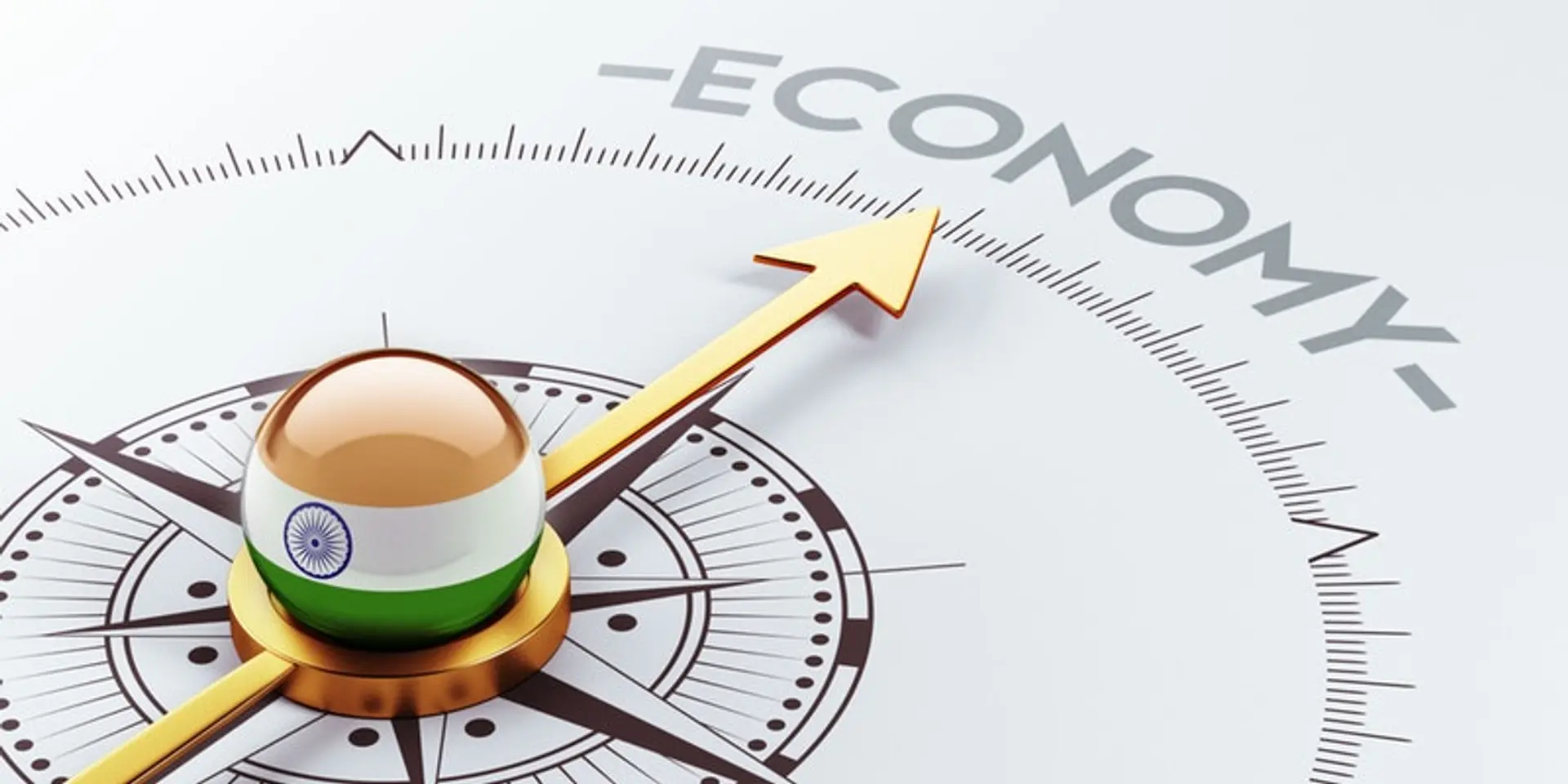India witnessing V-shaped recovery; stringent lockdown led to steep contraction of economy: FinMin report
Among the major economies, India witnessed the steepest decline in the GDP growth in the April-June quarter following the outbreak of the coronavirus pandemic.
The finance ministry on Friday said the country is witnessing a V-shaped economic recovery and attributed the steep 23.9 percent contraction of the economy in the June quarter to "stringent lockdown" that was put in place to curb spreading of coronavirus infections.
Among the major economies, India witnessed the steepest decline in the GDP growth in the April-June quarter following the outbreak of the coronavirus pandemic.
"The higher contraction has resulted from the stringent lockdown that India enforced in the April-June quarter. India enforced the most stringent lockdown as reflected in the Government Response Stringency Index developed by Oxford University," the ministry said in its Monthly Economic Review for August.
US economy contracted by 9.1 percent while the UK and France witnessed a contraction of 21.7 percent and 18.9 percent, respectively. Spain, Italy and Germany saw their economies contract 22.1 percent, 17.7 percent and 11.3 percent, respectively, in the June quarter, as per the report.
Euro area registered a contraction of 15 percent while Japanese economy contracted 9.9 percent. Relative to these advanced nations, India's GDP contraction at 23.9 percent is slightly higher, the report said.
On the positive side, the report said that stringent lockdown has enabled India to restrain the pandemic-induced death rate to be one of the lowest in the world. India's case fatality rate was at 1.78 percent as on August 31 as compared to 3.04 percent in the US, 12.35 percent in the UK, 10.09 percent in France, 1.89 percent in Japan and 13.18 percent in Italy.
Further, the report said the country was witnessing a V-shaped pattern of recovery as is seen in various high-frequency indicators.

Image Source: Shutterstock
The indicators are auto sales, tractor sales, fertiliser sales, railway freight traffic, steel consumption and production, cement production, power consumption, e-way bills, GST revenue collection, daily toll collections on highways, retail financial transactions, manufacturing PMI, performance of core industries, capital inflows and exports, it added.
India's manufacturing Purchasing Managers' Index (PMI) at 52.2 moved into the expansionary zone in August for the first time since the lockdown, presenting much required recovery prospects for the manufacturing sector, it added.
Since May, agriculture has persistently been the brightest spot in the revival of growth, the report said, adding that industrial production is showing definite signs of recovery with year-on-year growth in eight core industries output showing a smaller contraction in July than in June.
On the back of robust FDI and FPI inflows and savings from tepid imports, forex reserves, as on August 21, have risen to an all-time high of $537.5 billion. These are capable of financing more than 13 months of imports, should the need arise from a surge in real sector activity, the report said.
"The domestic space is flushed with high systemic liquidity. A system flushed with liquidity is a system ready to absorb a surge in real sector activity which is reflected in the 10-year benchmark bond yields declining from 6.55 percent at end-April to 6.12 percent at end-August, and narrowing of spread in yields of 3-year AAA-rated corporate bonds and equivalent government securities from 246 basis points in end-April to 55 basis points in end-August," it said.
As per the report, the world after COVID-19 will be different with structural changes in production, consumption, and work patterns.
As India emerges from this crisis, it will be critical to re-orient the country's policy matrix towards a calibrated reconstruction of the economy and building resilience for an uncertain future, it noted.
The report said that some areas that may require specific attention include agrarian supply chains, factor markets, infrastructure, ICT, startups, financial inclusion, skilling and healthcare, and progress in these areas will sustainably boost economic growth in years to come.
According to the report, deep-seated and wide-ranging structural reforms in land, legal, labour and capital markets to reverse the slowdown in manufacturing and to boost risk appetite are pertinent in this regard.
This warrants fast-tracking of the existing government initiatives in the factor market space. Government has also provided a necessary push to targeted mega infrastructure projects as part of the National Infrastructure Pipeline to reignite the manufacturing sector, it said.
In the face of unprecedented pandemic-induced job losses, the employer-employee relationship also demands structural changes, the report said, adding that moving away from fixed job roles, and engendering role flexibility in the workforce will enable businesses to better meet post-pandemic challenges.
Skilling, upskilling and reskilling of the labour force is pre-eminent to enable it to be better-prepared and adaptive to the changing business environment, it said.
The report also noted that to strengthen India's position in emerging global value chains amid changing trade dynamics, re-aligning policy incentives in favour of labour intensive export sectors is a pressing need.
In addition, the report said that India needs to anchor its strengths in the area of generic drugs and pharmaceuticals exports and regain its market share in active pharmaceutical ingredients.
India can emerge as one of the forerunner in supporting easy, affordable and equitable access to the COVID-19 vaccine as and when it is available to administer, it added.
Edited by Megha Reddy








